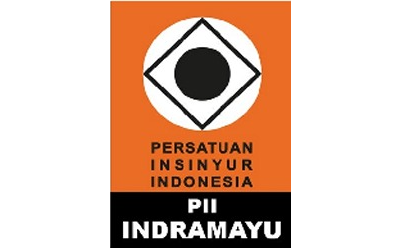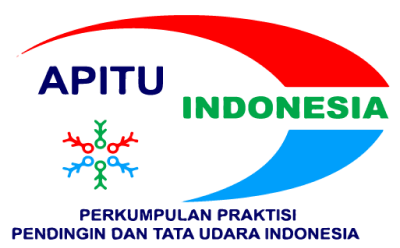EFEK GETARAN PADA PENGELASAN ALUMINUM 5083 H112 MENGGUNAKAN PROSES LAS GAS METAL ARC WELDING (GMAW) TERHADAP POROSITAS
Abstract
Full Text:
PDFReferences
Kaufman, J.G. (2002). Aluminum Alloy Casting Properties, Processes, and Applications. New York: John Wiley & Sons, Inc.
Mathers, Gene. (2002). The welding of aluminium and its alloys. Cambridge England: Woodhead Publishing Limited.
Chirita, G., Stefanescu, I., Soares, D., Silva, F.S. (2009). Influence of vibration on the solidification behaviour and tensile properties of an Al–18 wt%Si alloy. Journal of Materials and Design, vol.30, 1575–1580.
Kocatepe, Kadir. (2007). Effect of low frequency vibration on porosity of LM25 and LM6 alloys. Journal of Materials and Design, vol.28, 1767–1775.
Limmaneevichitr, C., Pongananpanya, S., Kajornchaiyakul, J. (2009). Metallurgical structure of A356 aluminum alloy solidified under mechanical vibration: An investigation of alternative semi-solid casting routes. Journal of Materials and Design, vol.30, 3925–3930.
Taghavi, F., Saghafian, H., Kharrazi, Y.H.K. (2009). Study on the effect of prolonged mechanical vibration on the grain refinement and density of A356 aluminum alloy. Journal of Materials and Design, vol.30, 1604–1611.
Cueca, F., Patarroyo, A., Rojas, F., Solano, E.,. Morales, A., Muñoz, R. (2012). Study of the weld ability of Aluminum Alloy 5083 H116 with Pulsed Arc GMAW (GMAW-P). Cartagena (Colombia): Journal of Ship Science & Technology, vol.6, 43-56.
Romhanji, E., Popovic, M. (2003). Problems and Prospect of Al-Mg Alloys Application in Marine Constructions. Association of Metallurgical Engineers of Serbia: Journal of Metallurgy, 297-307.
Brůna M, and Sládek A. (2011). “Hydrogen Analysis and Effect ofFiltration on Final Quality of Castings from Aluminium AlloyAlSi7Mg0.3”. Archives of Foundry Engineering, vol.11, pp.5-1.
Ferreira P. J., Robertson I. M., and Birnbaum H. K. (1999). Hydrogen Effects on the Character of Dislocations in High-Purity Aluminum. Acta mater, vol.47, pp. 2991-2998.
Lu, G., Orlikowski, D., Park, I., Politano, O., and Kaxiras, E. (2002). Energetics of Hydrogen Impurities in Aluminum and Their Effect on Mechanical Properties. The American Physical Society, Physical Review B, vol. 65.
Kou, Sindo. (2003). Welding Metallurgy, Second Edition. Hoboken (New Jersey): John Wiley & Sons, Inc.
Kalenda, M., Madeleine, D.T. (2011). Corrosion Fatigue Behaviour of Aluminium 5083-H111 Welded Using Gas Metal Arc Welding Method. Shanghai, China: InThech.
ChakrabortyM., Vinod Kumar G.S. and Murty B.S. (2005). Poisoning and Fading Phenomena in the Grain Refinement of Al And its Alloys. Trans. Indian Inst. Met, vol.58 pp.661-670.
Liu Yuan, Ding Chao, Li Yan Xiang. Grain Refining Mechanism of Al-3B Master Alloy on Hypoeutectic Al-Si Alloys. Transactions of Nonferrous Metal Society of China, vol.21 pp.1435-1440.
Shahrooz , Nafisi. (2006). Effects of Grain Refining and Modification on the Microstructural Evolution of Semi-Solid 356 Alloy. Dissertation, University of Quebec at Chicoutimi.
Weite Wu. (2000). Influence of Vibration Frequency on Solidification of Weldments. Scripta Mater, vol.42, 661–665.
DOI: https://doi.org/10.31884/jtt.v4i2.126
Refbacks
- There are currently no refbacks.
Copyright (c) 2018 JTT (Jurnal Teknologi Terapan)
 Creative Common Attribution-ShareAlike 4.0 International (CC BY-SA 4.0)
Creative Common Attribution-ShareAlike 4.0 International (CC BY-SA 4.0)













